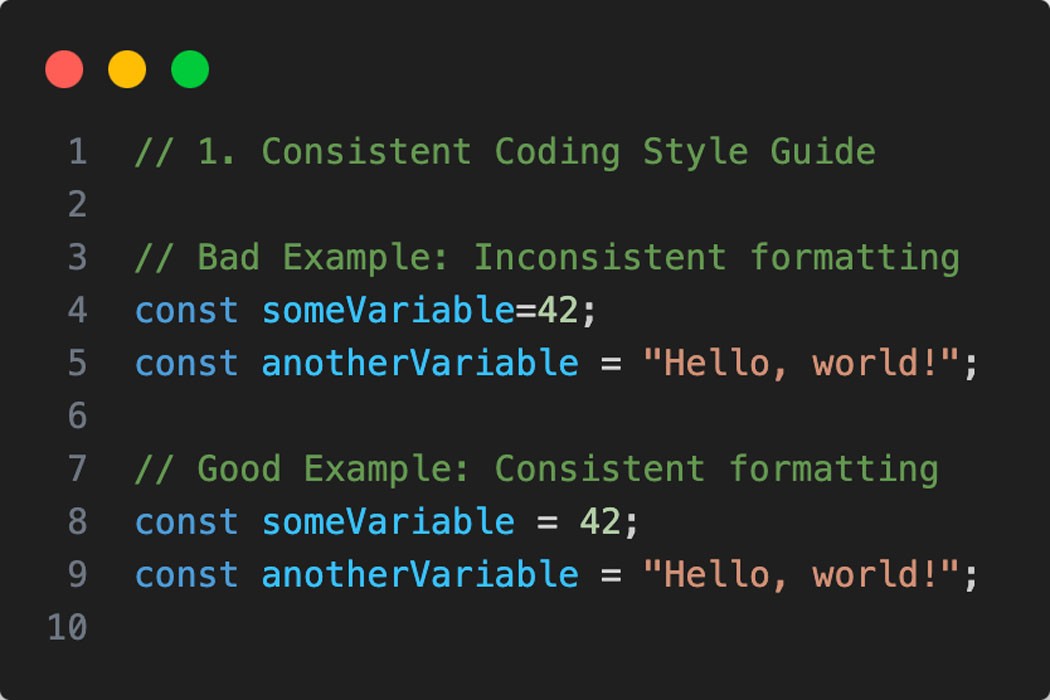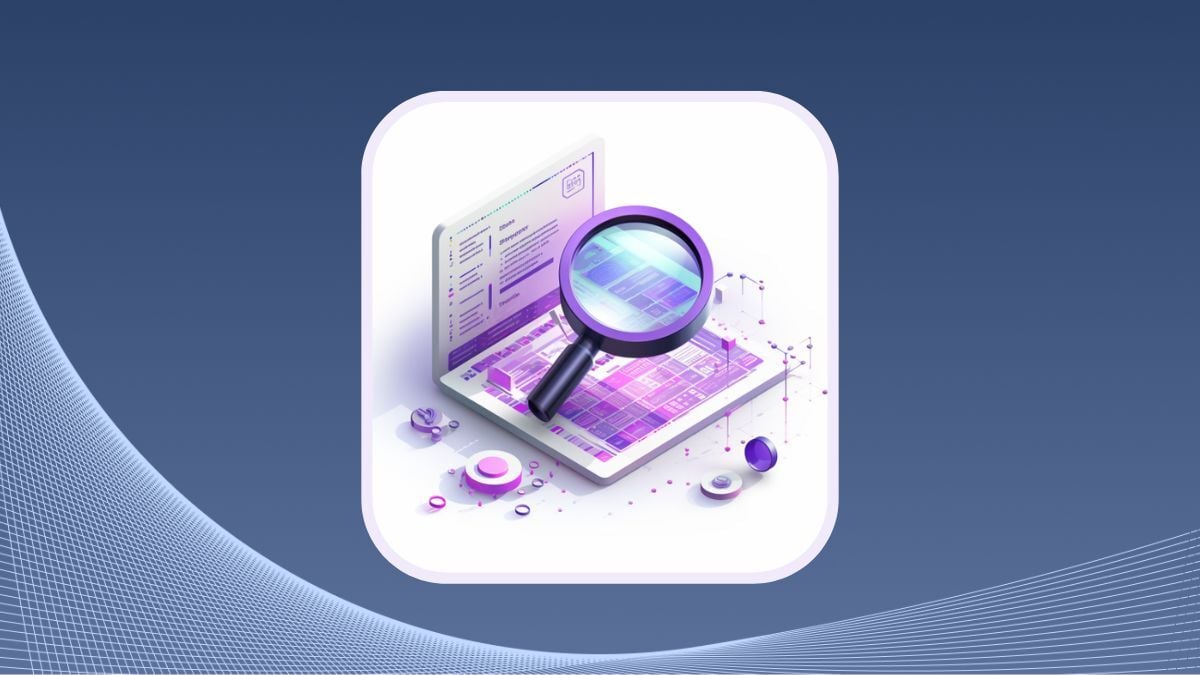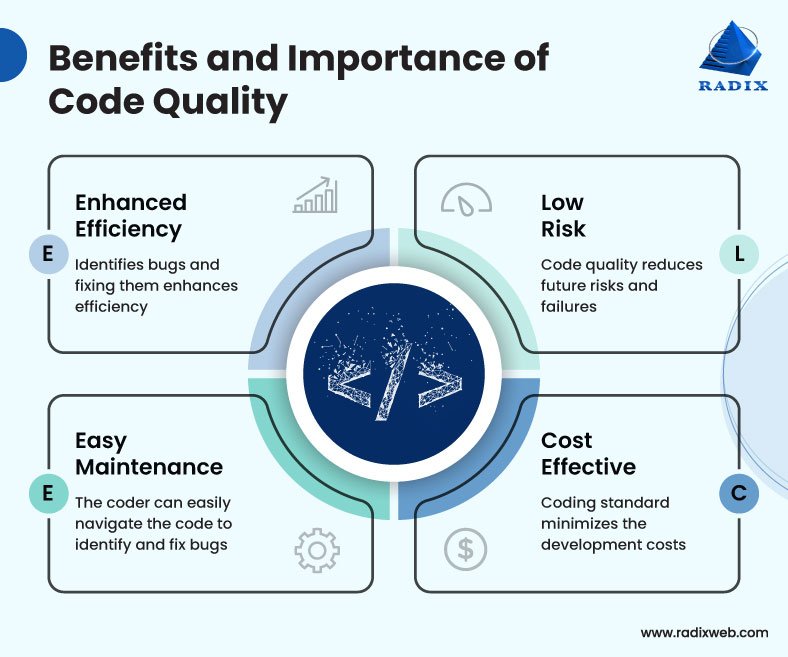
The Significance of Clean Code
Why Clean Code Matters
Clean code is not just a buzzword in the software development community; it’s a vital component of successful programming. It enables developers to maintain and enhance systems without the added hassle of unraveling tangled messes of code. Imagine stepping into a room filled with chaos—finding what you need becomes a frustrating ordeal. The same applies to code; if it’s messy, it hinders productivity and leads to more errors.
For instance, in my early programming days, I often found myself grappling with poorly written code. It took me hours to decipher what the previous developer intended, which led to missed deadlines and rising stress levels. This experience hammered home the significance of clean code.
Advantages of Clean Code Development
Embracing clean code yields numerous benefits:
- Improved Readability: Developers can comprehend the code without lengthy explanations, leading to quicker onboarding for new team members.
- Simplified Debugging: When issues arise, clean and organized code makes it easier to spot errors and implement fixes.
- Enhanced Collaboration: Teams can work together more effectively, as clear structures and conventions minimize misunderstandings.
With these advantages in mind, it’s evident that clean code not only improves individual productivity but elevates the entire development process, a sentiment echoed by experts in the field. In the following sections, we will explore the principles and practices that can help developers achieve this crucial standard.

Principles of Clean Code
Consistency in Coding Style
One of the cornerstones of clean code is consistency in coding style. Establishing a uniform approach not only enhances the readability of the code but also fosters a sense of familiarity among team members. It’s akin to speaking the same language—everyone understands the grammar and can communicate effectively.
When I first joined a development team, we adopted a common coding style guide. Initially, it felt cumbersome, but over time, I realized how quickly we could navigate and understand each other’s code. Here’s what to focus on:
- Indentation: Stick to a standard space or tab size.
- Braces Placement: Decide whether to place opening braces on the same line or a new line, and stick to it.
Proper Naming Conventions
Next, let’s talk about naming conventions. Names in code serve as its identity. They convey purpose and intent. Descriptive names lead to self-documenting code, which is invaluable in the long run.
Consider the difference between these two variables:
- int x = 10;
- int userAge = 10;
The second example instantly communicates what the variable represents, making your code much more comprehensible.
Remember to:
- Use meaningful names.
- Maintain consistent casing (camelCase, snake_case).
- Avoid abbreviations—clarity trumps brevity!
Writing Readable Code
Lastly, prioritize writing readable code. Clear formatting, spacing, and logical structuring can transform a confusing block of code into an easily digestible piece. Imagine the relief of reading code that flows smoothly, similar to a well-written document.
By adhering to these principles—consistency, proper naming conventions, and readability—developers can significantly enhance the clarity and maintainability of their code. This foundational work sets the stage for successful collaboration and efficient troubleshooting down the line. Let’s delve into some best practices that support the journey toward clean code.

Best Practices for Clean Code
Commenting and Documentation
Transitioning from the principles of clean code, we now arrive at several best practices that help solidify the foundations we’ve laid. One of the most important practices is commenting and documentation. While clean code should be self-explanatory, effective comments provide context that can save time for future developers—perhaps even your future self.
When I was tasked with maintaining a legacy codebase, I quickly realized how invaluable comments could be. A simple note explaining why certain decisions were made could save hours of confusion. Aim for:
- Clarity over quantity: Only comment on complex logic or decisions.
- Update regularly: Ensure comments reflect any changes to the code.
Avoiding Code Duplication
Next up is the practice of avoiding code duplication. Duplicated code not only bloats your project but also leads to maintenance nightmares. If a bug is found, it might need to be fixed in multiple locations.
To tackle this, developers should:
- Use functions: Encapsulate repeated logic within functions or methods.
- Implement DRY principles: “Don’t Repeat Yourself” should be a mantra for every developer.
Refactoring and Code Optimization
Finally, let’s discuss refactoring and code optimization. Over time, code can become clunky due to new features and changes. Regularly revisiting and refining code can significantly improve its efficiency and readability.
By adopting a mindset of continuous improvement:
- Schedule periodic code reviews.
- Consider modern algorithms or data structures for better performance.
Through these best practices—commenting, avoiding duplication, and refactoring—developers can maintain a clean, efficient codebase that stands the test of time. Up next, let’s explore the tools and technologies that can help enforce these clean coding strategies.

Tools and Technologies for Ensuring Clean Code
Linters and Code Analysis Tools
As we transition into the realm of tools and technologies that enhance clean code practices, it’s essential to highlight linters and code analysis tools. These tools automatically check code for errors, stylistic discrepancies, and possible bugs, acting as a second set of eyes during the development process.
For example, when I first integrated a linter into my workflow, I was amazed at the number of inconsistencies I had overlooked. Linters can provide real-time feedback, which is invaluable in catching issues early. Some popular linters include:
- ESLint for JavaScript
- Pylint for Python
- Rubocop for Ruby
Using these tools can ensure adherence to your coding standards and significantly reduce the chances of errors slipping into the production environment.
Automated Testing and Continuous Integration
In addition to linters, another key player in maintaining clean code is automated testing and continuous integration (CI). Automated tests verify that your code behaves as expected, allowing you to introduce changes confidently.
When I embraced CI practices, the reassurance of having automated tests running with every commit transformed the way our team approached development. Here’s how to maximize the benefits:
- Write Unit Tests: Focus on testing individual components first.
- Implement Integration Tests: Ensure your components work harmoniously together.
- Use CI Tools: Platforms like Jenkins or Travis CI automate the testing and deployment process.
By leveraging these tools—linters, code analysis tools, and automated testing—you can foster a cleaner, more efficient workflow that minimizes technical debt and elevates code quality. Next, we’ll discuss how collaboration and code reviews play a crucial role in maintaining clean code.

Collaboration and Code Reviews
Importance of Peer Reviews
As we pivot to explore the critical role of collaboration and code reviews, it becomes evident that these practices significantly enhance the quality of clean code. Peer reviews act as a valuable checkpoint in the development process, allowing team members to provide feedback and insights on each other’s work.
From my personal experience, I vividly recall a project where several developers collaborated on a complex feature. The peer review phase revealed not only bugs but also opportunities for optimization that one individual might have missed. Engaging in peer reviews promotes:
- Knowledge Sharing: Team members gain insights into different approaches and techniques.
- Consistency: Aligning coding practices across the team ensures adherence to standards.
- Enhanced Quality: Additional eyes on the code often spot errors before they make it into production.
Conducting Effective Code Reviews
To leverage the benefits of code reviews fully, it’s imperative to conduct them effectively. Here are a few strategies that can sharpen the review process:
- Set Clear Goals: Define what the review should achieve, focusing on functionality, readability, and adherence to standards.
- Limit the Scope: Keeping reviews manageable, ideally under 400 lines of code, aids thorough analysis.
- Foster a Positive Environment: Constructive feedback encourages open communication and reduces defensiveness—aim for an atmosphere of collaboration.
Incorporating these practices into your code review process not only strengthens the codebase but also cultivates a culture of teamwork and continuous learning within the development team. Next, we’ll discuss how to maintain clean code over time, ensuring that it continues to meet evolving standards and practices.

Maintaining Clean Code Over Time
Dealing with Technical Debt
As we delve into maintaining clean code over time, it’s crucial to address the issue of technical debt. This term refers to the shortcuts developers often take to meet deadlines, which can lead to messy code that requires future refactoring. While it might seem tempting to prioritize speed over quality, it inevitably creates a backlog of unresolved issues.
From my own experience, I remember a project where we accrued significant technical debt due to rushed development. Initially, we hit deadlines, but as the project grew, the codebase became increasingly difficult to manage, leading to delays. To effectively deal with technical debt, consider:
- Regularly Identify Debt: Conduct audits to pinpoint areas requiring attention.
- Prioritize Payments: Focus on the most critical issues that impact performance or maintainability.
- Allocate Time for Refactoring: Set aside dedicated time in each sprint for improvement tasks.
Strategies for Code Maintenance and Updates
In addition to managing technical debt, having robust strategies for code maintenance and updates is vital for sustaining a clean codebase.
Here are some effective strategies:
- Adopt Version Control: Use tools like Git to track changes, allowing for easier rollbacks and collaboration.
- Schedule Regular Reviews: Periodic code reviews can help identify and resolve issues before they escalate.
- Stay Updated with Dependencies: Regularly update libraries and frameworks to incorporate enhancements and security fixes.
By implementing these strategies, developers can ensure that their code remains clean, efficient, and adaptable to changing requirements. As clean code evolves, so too does the team’s capability to deliver quality software. In our upcoming conclusion, we will summarize the essential benefits of embracing clean code practices and explore their future outlook in development processes.

Conclusion and Future Outlook
Recap of Clean Code Benefits
As we wrap up our exploration of clean code, it’s important to reflect on the myriad benefits it brings to the software development landscape. Throughout our discussion, we’ve highlighted how clean code enhances readability, simplifies debugging, and improves collaboration among developers. Each advantage feeds into a cycle of efficiency and productivity, which ultimately leads to higher quality software.
From my own journey in development, I can attest to the fact that projects characterized by clean code consistently yield better long-term results. Here are some recurring benefits to remember:
- Increased Efficiency: Streamlined processes allow for quicker onboarding and smoother transitions during team changes.
- Reduced Bugs: With a more comprehensible codebase, developers are less likely to introduce errors during updates.
- Easier Maintenance: A well-structured codebase is simpler to update and expand, adapting to changing requirements without significant overhauls.
Embracing Clean Code Practices in Development Processes
Looking towards the future, embracing clean code practices should become an integral part of organizational culture in development processes.
- Cultivating Awareness: Educating team members about the importance of clean code during onboarding can set the right tone from the start.
- Integrating Tools: Leverage linters, automated testing, and continuous integration tools to create a proactive code environment.
By committing to these practices, teams can cultivate a culture of excellence that continuously prioritizes maintainability and clarity. As software continues to evolve and grow in complexity, clean code will remain a cornerstone of sustainable and successful development. Investing in these principles today not only pays dividends in the present but also prepares teams for the challenges of tomorrow.

